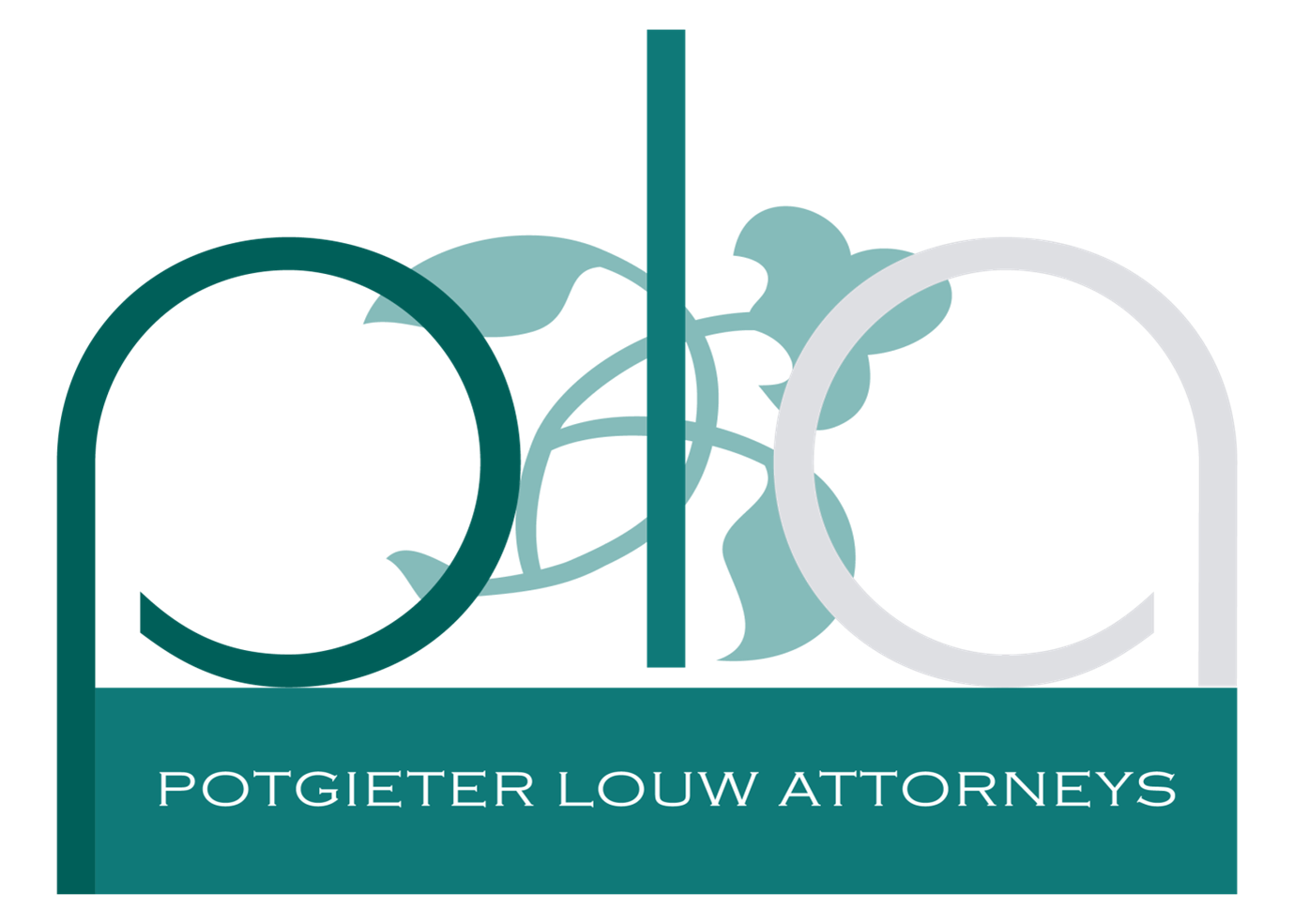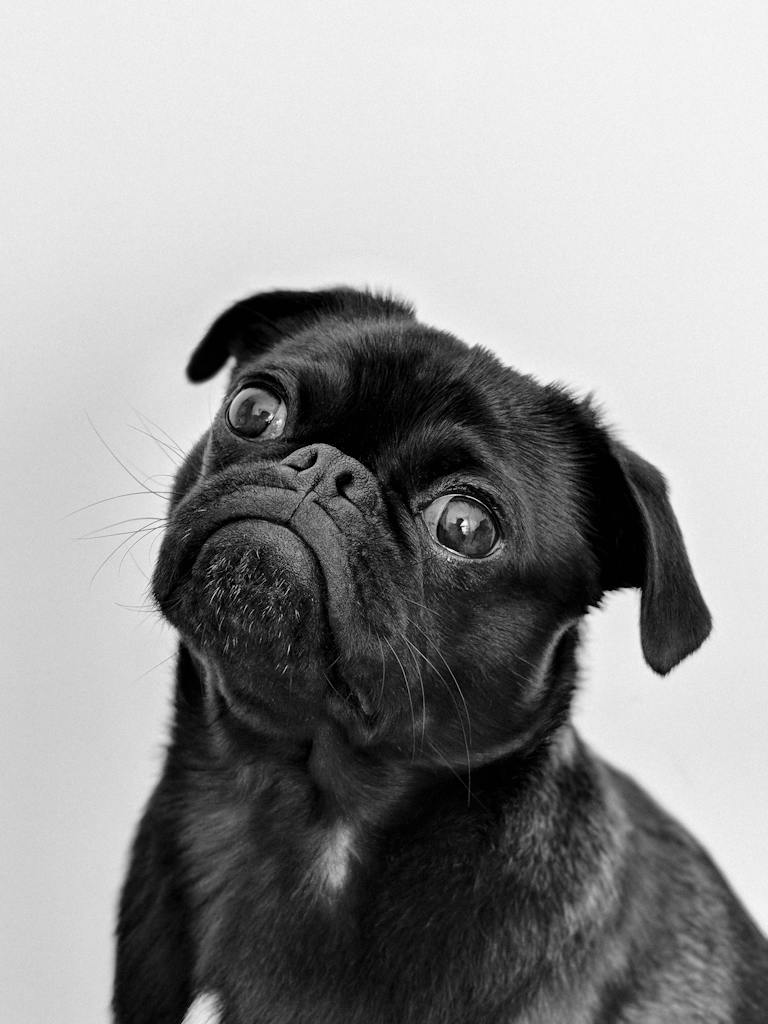Dog bites, cat scratches and the leopard that escaped its cage
A case recently heard in the Bloemfontein High Court again highlighted the responsibilities that people who keep animals need to be aware of in order to escape liability for damages caused by those animals. A link to the article is posted below.
First – Domesticated animals, pets, cattle and so forth
In general, an owner of a domesticated animal is liable for damage caused by that animal.
To be successful with a claim (under the actio de pauperie), the plaintiff will need to prove that:
(a) The defendant was the owner of the animal that inflicted the injuries or damage.
(b) The animal was a domesticated animal.
(c) The animal acted contrary to the nature of domesticated animals in causing damage to the plaintiff. For example, for a dog to bite, an ox to gore or a horse to kick would be contrary to the animal’s domesticated nature.
On the other hand, sheep or cattle grazing, an attacked animal defending itself, a horse kicking in pain and a ram jumping over a fence to cover a neighbour’s ewe all act according to their nature and not contrary to it.
It is not necessary to prove that the animal acted out of perversity or that it was inherently vicious, and there is no onus (duty) on the plaintiff to explain the peculiar behaviour of the animal.
(d) There must be a direct link between the behaviour of the animal and the plaintiff’s injuries or damages. The damage may be to property or person.
(e) The damages must be quantified properly. Medical bills, or bills for restoring damaged property would need to be presented in support of the claim.
The success of the plaintiff’s claims, in other words, the liability of the owner of the domesticated animal, is independent of any fault on that owner’s part. Thus, for example, should the plaintiff be unable to prove the defendant’s ownership or that the animal acted contrary to its nature, the plaintiff may nevertheless be able to prove negligence on the part of the defendant in failing to control the animal.
What defences are available for the defendant?
(a) The animal that caused the injury was provoked by the culpable conduct of the injured party (the plaintiff may have teased or taunted the animal), or by a third party or by the conduct of another animal.
(b) A third party in charge or control of the animal negligently failed to prevent the animal from injuring the victim.
(c) The unlawful presence of the plaintiff on the premises opened the plaintiff to the risk of injury. This is typically the situation where a trespasser on defendant’s property gets attacked by the dogs. In order to succeed with this defence, the defendant must show that the plaintiff had neither a lawful purpose to be on the premises, nor a legal right to be there. Only persons who are on the premises by invitation or permission, express or implied, have a legal right to be there.
(d) Volenti non fit iniuria : This defence means that the plaintiff knowingly accepted the results of the risk he exposed himself to. The defendant must allege and prove that the plaintiff knew of the risk of sustaining injury from the defendant’s animal and voluntarily accepted that risk. Proper signage indicating the presence of an animal which may cause injury should an unauthorised person venture onto the property may assist the defendant in proving that the plaintiff accepted the risk of stepping onto the premises.
(e) Indemnity : Depending on the terms of an indemnity, the defendant may not be responsible for loss caused by the defendant’s animal. Consider the waivers and indemnities normally signed by persons participating in horse riding or similar.
Secondly – Damage or injury caused by wild animals
These are treated a little differently from the domesticated animals discussed above.
Plaintiff would still need to prove that defendant owned the animal. Proving ownership of caged animals is usually not difficult. If the animals are free range wildlife, the plaintiff would be presented with a more difficult onus.
The edictum de feris provides for compensation for damage caused by wild animals kept in captivity by a defendant. Whether negligence is part of the cause of action appears to be a moot point.
A distinction is drawn between, on the one hand, the case of the introduction of wild animals to an area where they do not normally occur, and, on the other, the case of wild animals naturally occurring on a piece of land. An owner of ground who introduces a danger in the shape of wild or destructive animals may be liable to others for damage should the animals stray and cause damage. However, no duty rests on the owner of ground on which there are wild animals to prevent those animals from leaving that ground. To this end, the owner of property on which a leopard made its home, cannot be held liable for damages caused by that leopard catching and killing livestock on the neighbouring farm.
As above the injuries or damages must be directly linked, or linkable to the behaviour of the animal, and must be properly quantified.
A defendant can escape liability by proving that the plaintiff was a trespasser, that the damage was caused by the unlawful act of a third party or by mischance or by casus fortuitus or by irresistible force.
By: S Potgieter
Director




